After an amputation, the body needs time, care, and support to heal—not just on the outside, but deep inside the muscles and nerves. Movement changes. Muscles weaken. Pain and stiffness become everyday struggles.
This is where EMS—short for Electrical Muscle Stimulation—is quietly changing lives.
Once seen as a tool only for athletes or therapy clinics, EMS is now becoming a vital part of post-amputation care. It’s helping people regain strength, reduce pain, and prepare their body for prosthetic use faster than ever before.
In this article, we’ll explore what EMS is, how it works, and why it’s quickly becoming a new standard in recovery after limb loss.
Understanding EMS and Its Role in the Body
What Is EMS?
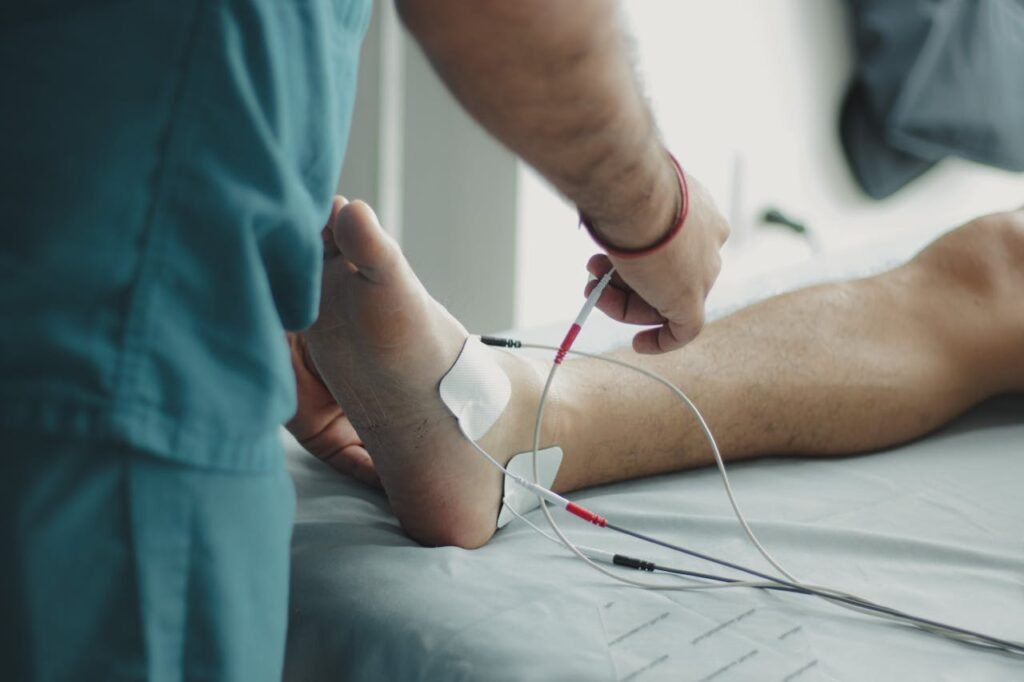
EMS stands for Electrical Muscle Stimulation. It’s a technique that uses small, controlled electrical pulses to make your muscles contract.
These signals don’t hurt. They feel like a light tapping or buzzing on the skin. The device sends signals through small pads placed on your body, usually near or over the muscles that need stimulation.
The body already works through electricity. Your brain sends natural signals to your muscles to move. EMS simply mimics that—helping muscles contract when the brain can’t send strong signals, or when the limb is no longer fully present.
This makes EMS incredibly helpful in rehabilitation and recovery.
Why Muscles Need Support After Amputation
After an amputation, the body goes through major changes. Muscles near the amputation site often weaken because they’re not being used in the same way anymore.
This can lead to stiffness, loss of strength, and a slower recovery process. It also affects how well the person will be able to use a prosthetic later.
Muscles that don’t move shrink over time. This process is called muscle atrophy. It can happen quickly after limb loss, especially if the person is in pain or afraid to move.
EMS steps in here as a bridge. It activates those unused muscles, even without full movement. It keeps them alive, strong, and responsive—so when the time comes to use a prosthetic, the body is ready.
How EMS Helps Maintain Muscle Strength
Even when a person cannot actively move a limb or stump after amputation, EMS can do that work for them.
The muscle contracts because of the electric pulse. The brain doesn’t have to send a signal. This helps the muscle stay active.
It’s like exercise without effort.
Over time, these small contractions add up. They keep the muscle fibers strong. They improve blood flow. They reduce stiffness. And they help the user feel better overall.
This is especially important for lower limb amputees who may not be walking yet—or upper limb amputees who haven’t started using a prosthetic hand.
Helping the Brain-Body Connection Stay Alive
There’s another benefit many people don’t see right away: EMS helps the brain stay connected to the body.
Even after an amputation, the brain still remembers the missing limb. This memory can be helpful—or painful, like in phantom limb syndrome.
When EMS is applied to the muscles around the site, it creates a sensation. The brain receives that signal. It learns that movement is still possible. That the body is still there, still working.
This helps reduce the confusion that often leads to phantom pain. It helps build new pathways for recovery. And it gives the brain fresh hope.
That’s why therapists often say EMS doesn’t just wake up muscles—it wakes up the mind, too.
EMS and the Amputee Recovery Journey
Starting Early Makes a Big Difference

The sooner EMS is introduced after surgery, the better the outcomes.
In the early weeks, patients are often in bed or limited in motion. Swelling, pain, and fear slow down recovery. EMS gives them a head start.
It doesn’t require them to move on their own. It doesn’t add pain. It works gently, behind the scenes, building strength while the rest of the body heals.
This early activation can prevent muscle loss. It also speeds up readiness for prosthetic fitting, which is a major milestone in recovery.
When muscles are strong and alert, the prosthetic fits better. Control improves. The learning curve shortens. And confidence returns sooner.
Pain Management and EMS
One of the biggest challenges after amputation is pain—especially phantom limb pain.
EMS is now being explored as a non-drug way to manage this pain.
When electrical pulses stimulate the skin and muscles, they interrupt pain signals. The brain starts paying attention to the real sensations, not the phantom ones.
This can bring huge relief. For some users, it reduces the need for heavy pain medications. For others, it helps them sleep better or feel less frustrated during rehab.
It’s not a cure—but it’s a powerful tool. One that helps users regain control over their body.
Preparing for Myoelectric Prosthetics
For users who plan to use advanced prosthetics—like the Grippy Bionic Hand—EMS can help in a special way.
These devices respond to myoelectric signals—tiny muscle signals from the user’s arm or stump.
But if the muscles are weak or inactive, the signals won’t be strong enough. The prosthetic might move slowly, or not at all.
That’s where EMS helps. It trains the muscles to contract properly. It improves the strength and clarity of the signals. It teaches the user how to isolate certain movements.
This is vital for fine control. For gripping small objects. For switching modes. For using the prosthetic with ease and precision.
In short, EMS gets the body and brain ready for a smarter hand.
Real Results: How EMS Is Changing Recovery After Amputation
The Everyday Wins That Make a Big Difference
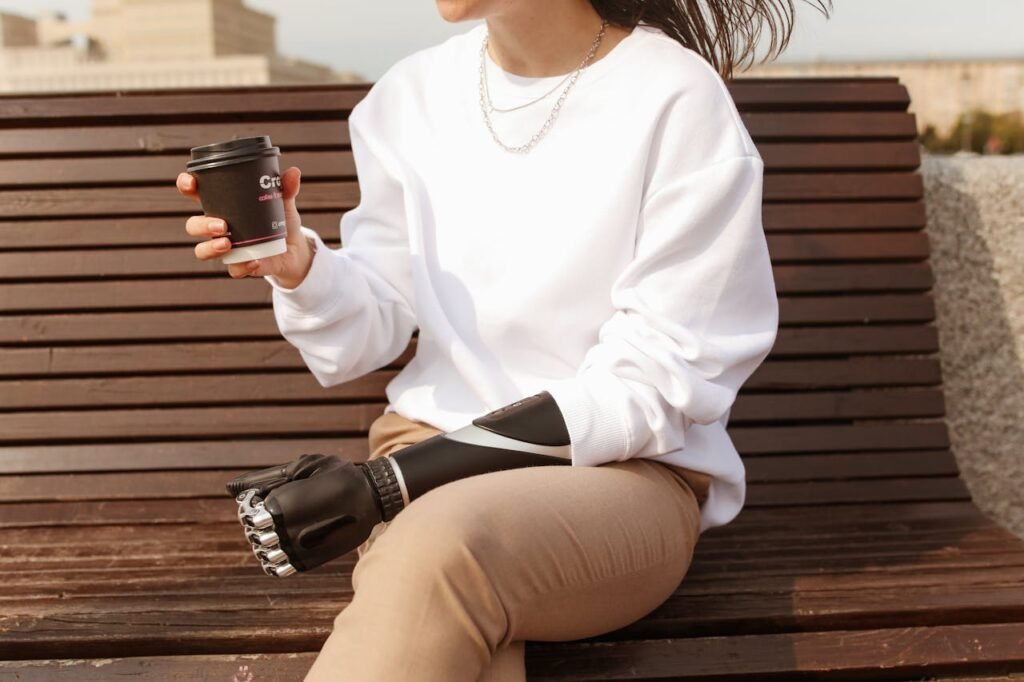
Recovery isn’t always about dramatic change. It’s often about small, steady wins. Things like being able to move the arm again without pain. Standing longer without fatigue. Sleeping better because the muscles aren’t cramping.
EMS makes these wins possible.
People who use EMS regularly after amputation often report less stiffness in the morning. Their muscles feel “awake,” even if they haven’t moved them actively. Tasks like brushing teeth, lifting a cup, or holding a phone become easier.
Some people say it helps them feel “more normal.” That they don’t feel like the injured part of their body is lost or frozen. Instead, they feel like it’s part of them again—even if it’s changed.
These moments build confidence. They make rehab more rewarding. And they push the user closer to independence.
Shortening the Time to Prosthetic Use
One of the biggest benefits of EMS is how it helps people get ready for their prosthetic faster.
When muscles are inactive, prosthetic fitting gets delayed. The socket might not fit well. Control may be weak. The user may feel frustrated and discouraged.
But with EMS, muscle tone stays healthy. Circulation improves. The limb is stronger and more balanced.
This leads to better prosthetic alignment and stronger control. In fact, many users who train with EMS before prosthetic fitting adjust faster and learn to use their devices more easily.
They don’t just get back to walking or gripping—they do it with better posture, smoother control, and greater comfort.
Helping with Mental Health and Motivation
Recovery isn’t only physical. It’s emotional too.
Many people feel lost after an amputation. They may struggle with identity, body image, or fear about the future. Pain can add to the stress. So can the slow pace of healing.
EMS can help change that.
It gives people something active to do. A way to take part in their own recovery. When they see their muscle responding to the stimulation—when they feel that tiny twitch—they feel hope.
It’s proof that their body still works. That progress is happening. That they are not helpless.
We’ve heard from users who say EMS was their turning point. It helped them stay motivated. It gave them something to look forward to each day. And in many cases, it gave them the strength to keep going.
This emotional impact is just as important as the physical one. Because healing isn’t just about muscles. It’s about mindset too.
How Robobionics Is Leading the Way with EMS in India
Introducing the BrawnBand: EMS Made Simple
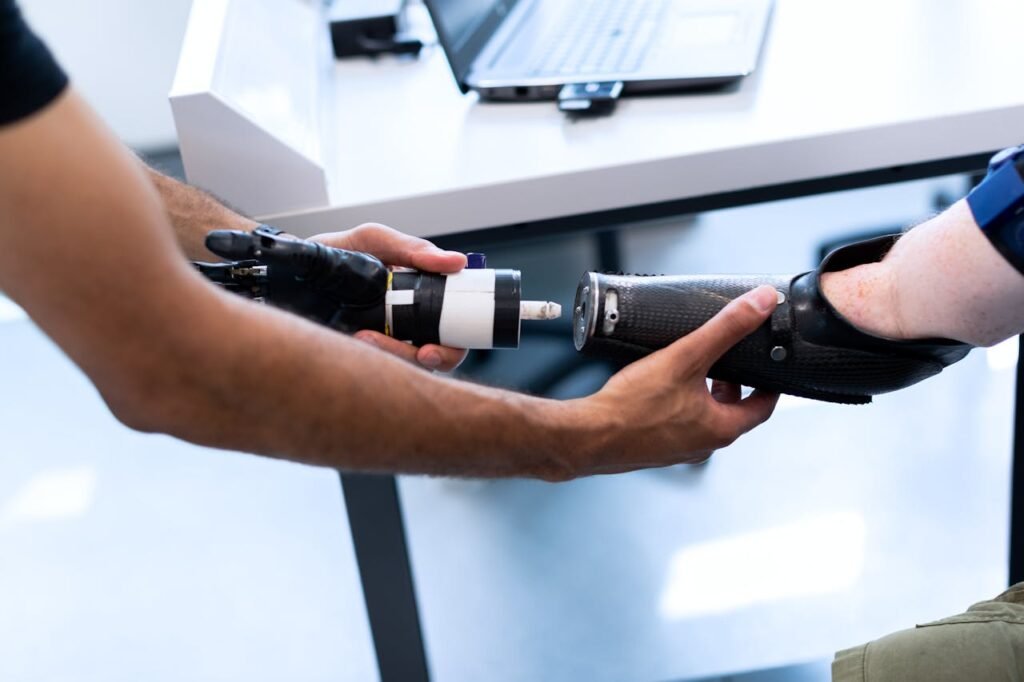
At Robobionics, we believe that post-amputation care shouldn’t stop at surgery. That’s why we created the BrawnBand—our own wearable EMS device built specifically for amputees and prosthetic users.
BrawnBand is easy to use. It wraps gently around the limb. It delivers safe, controlled stimulation that helps muscles stay active and ready for recovery.
But what makes it truly special is its simplicity.
You don’t need a clinic to use it. You don’t need to be a tech expert. You can strap it on at home, press a button, and let it do its job while you rest, read, or even watch TV.
It’s lightweight. Rechargeable. And made for Indian users—designed for local temperatures, skin tones, and comfort needs.
We built it for people who want recovery in their hands—not in the hospital.
Making EMS Affordable and Accessible
One of the biggest reasons EMS hasn’t been used widely in the past is cost. Many imported EMS devices are too expensive for regular use, especially in Tier 2 and Tier 3 cities.
That’s why Robobionics focused on making BrawnBand affordable.
We manufacture it here in India. We use locally sourced components. We design with cost-efficiency in mind—without cutting corners on quality or safety.
Our goal is simple: EMS should be within reach for anyone who needs it. Whether you’re recovering in a city hospital or a rural rehab center, you should have access to this powerful tool.
And we’re making that happen—one user, one clinic, one center at a time.
Training That Empowers, Not Confuses
Technology alone is not enough. It needs to be taught the right way.
So when we deliver a BrawnBand, we also deliver training—easy-to-follow guides, video support, and access to rehab professionals who can help users get the most out of their device.
We partner with prosthetic clinics and physiotherapists to make sure each user knows how and when to use EMS. We keep the learning curve short and the results long-lasting.
Because when people feel empowered, they heal better.
We’ve seen users go from unsure to confident in just a few sessions. They stop seeing the EMS device as a machine—and start seeing it as a partner in their recovery.
EMS as a Bridge Between Surgery and Full Independence
Why Recovery Needs a Whole-System Approach
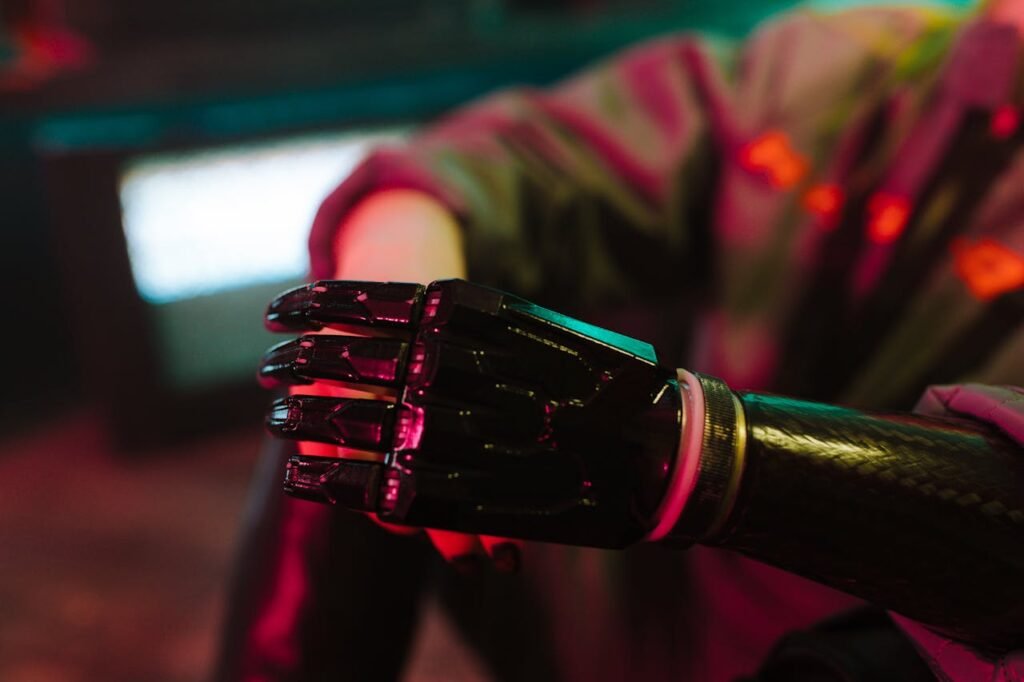
After an amputation, no single therapy can do everything. Surgery heals the wound. Physiotherapy restores movement. Prosthetics bring back function. But something needs to connect them all—to keep the body moving, the muscles alive, and the mind engaged.
That’s where EMS plays a powerful bridging role.
It works quietly between those big milestones—after surgery, before the prosthetic arrives. It fills the gap that often leaves patients feeling stuck or passive. And most importantly, it keeps recovery moving forward.
It doesn’t replace therapy or replace prosthetics. It enhances them. It makes them more effective by preparing the body and mind to receive them fully.
When EMS is included as part of a full care plan, patients recover faster. They feel stronger. And they transition into prosthetic use more smoothly, with fewer complications.
Combining EMS with Physical Therapy
EMS doesn’t work in a vacuum. It’s most powerful when used alongside traditional rehab.
A physiotherapist might guide the patient through movement exercises—and then use EMS to strengthen those same muscle groups. The physical work teaches the body how to move. EMS reinforces it by boosting endurance and reducing fatigue.
This creates a feedback loop: movement activates the brain, EMS strengthens the muscle, the brain sees improvement, and the patient gains confidence. Each step supports the next.
Some therapists also use EMS before a session to “wake up” the muscles. Others use it after to help with soreness or tightness. It’s flexible. It adapts to the patient’s needs.
This kind of integrated care is what makes EMS such a strong addition to post-amputation recovery.
Pairing EMS with Prosthetic Training
When a patient starts using a prosthetic hand or limb, there’s a learning curve. Muscles need to respond accurately. Timing needs to be right. Control needs to be smooth.
EMS makes this easier.
By pre-training the muscles—even before the prosthetic is worn—EMS helps the user generate stronger signals. That means better grip strength, better control, and faster mastery of the device.
For myoelectric prosthetics like the Grippy Bionic Hand, EMS ensures that the muscle signals are strong enough to trigger movement. It helps the user isolate muscle groups, reduce interference, and train the brain to send clean signals.
This doesn’t just make the prosthetic easier to use—it makes it more responsive, more precise, and more natural.
In many cases, users who train with EMS before prosthetic fitting report better results in less time. They don’t just adapt. They thrive.
Supporting Emotional and Mental Recovery
Physical recovery is only half the story.
Losing a limb can shake a person’s identity, routine, and confidence. Many patients feel overwhelmed—not just by the injury, but by the long path ahead.
EMS provides a small, steady win. It’s a way to take back control. To do something, even when everything else feels stuck.
Even ten minutes of EMS can change how a patient feels about their day. It’s not just a treatment—it’s a boost.
By including EMS in the full care plan, doctors and therapists can offer not just faster healing, but better mental well-being.
It tells the patient: You’re still capable. Your body still works. You’re not broken—you’re rebuilding.
Adapting EMS to Different Types of Amputations
Why One Approach Doesn’t Fit All
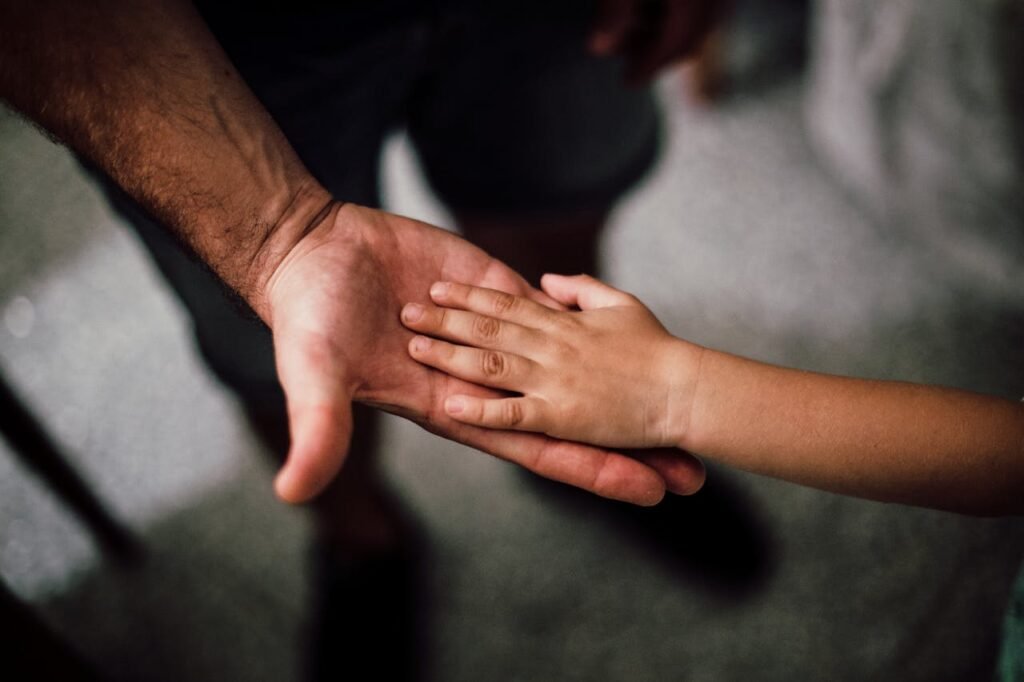
No two amputations are the same. A person who has lost a hand will have different needs than someone who has lost part of a leg. Even within upper or lower limb categories, the level of amputation changes everything—from muscle availability to nerve function to rehab goals.
That’s why EMS must be adaptable.
The way it’s applied, the muscles it targets, the frequency and intensity of stimulation—all these factors need to be adjusted based on the person’s specific situation. Done right, EMS becomes a custom-fit therapy, tailored not just to the limb that was lost, but to the strength that still remains.
At Robobionics, we treat every EMS journey as unique. We look at where the amputation occurred, which muscles are intact, and what kind of prosthetic the user will need. Then we adjust the EMS program to match that need—step by step.
For Upper Limb Amputees: Reconnecting with Control
In upper limb amputations—whether below the elbow, above the wrist, or involving individual fingers—the challenge is often about control and coordination.
The small muscles of the forearm and hand are responsible for delicate movements like gripping, pinching, or pointing. After an amputation, these muscles can weaken quickly. But they’re also the ones needed to control advanced prosthetics.
EMS plays a vital role here.
By stimulating the flexor and extensor muscles of the forearm, EMS keeps the muscle signals alive. It builds the strength needed to operate myoelectric hands. It teaches the brain to rewire its motor control system.
In cases of partial hand loss, EMS can also help maintain balance between the remaining fingers and the prosthetic parts—so that the hand works as one unit, not as separate, disconnected parts.
Even for mechanical prosthetics like the Grippy Mech Finger, EMS can improve comfort by stabilizing the muscles around the wrist and preventing strain during body-powered motion.
For Lower Limb Amputees: Building Stability and Strength
For people with lower limb amputations—like below-knee or above-knee—the focus is often on stability, strength, and gait.
Walking, balancing, and shifting weight require strong hip, thigh, and calf muscles. But after surgery, these muscles often lose power. Pain, swelling, and inactivity cause them to shrink.
EMS helps reverse that.
By stimulating the quadriceps, hamstrings, glutes, and calf muscles, EMS keeps these large muscle groups active—even when the person can’t yet walk. This reduces stiffness, improves circulation, and prevents the joint from becoming frozen or misaligned.
It also supports faster prosthetic fitting. When the stump is strong and well-shaped, the socket fits better. The person walks with more confidence and less compensation in the rest of the body.
And because lower limb amputees carry more weight through the prosthetic, EMS also plays a key role in endurance training—helping users stay on their feet longer without fatigue.
For Finger or Partial Hand Loss: Precision Matters
In partial hand or finger amputations, the focus shifts again.
The goal here is not just strength—but fine motor control.
Users need to be able to hold a pen, pick up a coin, use a smartphone, or grip small tools. That requires extremely precise control over the remaining muscles and tendons.
EMS in these cases must be gentle but targeted. It stimulates smaller muscle groups and trains the user to isolate movements—like flexing the index finger while keeping others relaxed.
This is where the right intensity matters. Too strong, and it causes muscle fatigue or discomfort. Too weak, and it doesn’t train the nerve pathways properly.
The BrawnBand system by Robobionics is designed with this in mind. It offers adjustable intensity, so users can tune the stimulation to match their level of amputation, sensitivity, and muscle tone.
It’s not just about helping them regain motion—it’s about helping them regain control over the motion that matters most.
For Bilateral Amputees: Restoring Confidence
For people with amputations on both sides—whether both arms, both legs, or multiple fingers—the challenge is often emotional as much as physical.
They may face more barriers to movement. Daily tasks may take longer. Support systems become even more essential.
In these cases, EMS offers something more than muscle training. It gives back a sense of participation.
The simple act of feeling a muscle contract—of knowing the body is still responding—can be deeply healing.
It tells the brain, “I still have control. I can still make things happen.”
With careful placement and monitoring, EMS can be used on both limbs safely. It becomes a structured, routine part of recovery. It restores rhythm, dignity, and hope.
And when combined with prosthetics on both limbs, EMS becomes a silent partner in building back daily life—step by step, task by task.
Conclusion: The New Standard of Healing with EMS
Recovery after amputation is never easy. It’s not just about surgery or getting a prosthetic. It’s about rebuilding strength, regaining control, and finding the confidence to live fully again.
Electrical Muscle Stimulation—EMS—is no longer just an extra tool. It’s becoming a trusted partner in every stage of that recovery journey.
It keeps muscles strong. It prepares the body for prosthetics. It eases pain, lifts the spirit, and helps people reconnect with their own movement. It works quietly, but its impact is loud—felt in every step taken, every object held, and every goal reached.
At Robobionics, we believe in solutions that are simple, smart, and deeply human. That’s why we created the BrawnBand—a device made for India, for real people, and for everyday recovery.
We’ve seen what EMS can do. We’ve seen people get stronger. Sleep better. Feel more in control. And we want that for everyone.
You or your loved one doesn’t have to walk this path alone. And you don’t have to wait for expensive therapy to get started.
Take the First Step Today
If you or someone you care about is recovering from limb loss, don’t wait. Start building back strength from day one.
Reach out to us and schedule a demo of the BrawnBand today. Let us show you how simple, gentle electrical pulses can bring real, life-changing progress.
Visit www.robobionics.in/bookdemo and take your first confident step toward a stronger recovery.
Because healing should not just be possible. It should be personal. And at Robobionics, we’re here to make that happen—one signal, one muscle, one life at a time.


